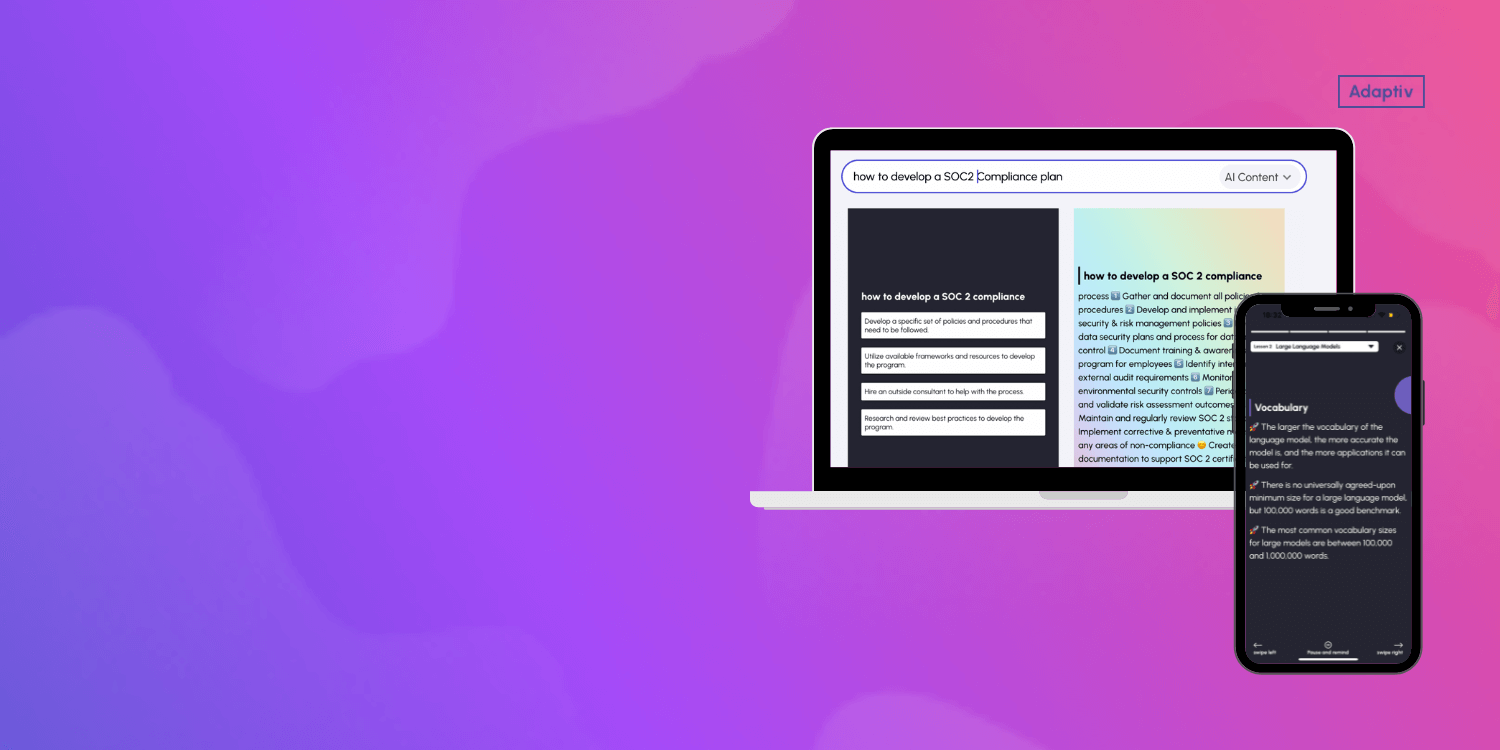Teachers: superhumans in a world of large language models

As artificial intelligence (AI) and machine learning continue to advance, content creators and even educators have started thinking about using these technologies. Large language models, in particular, have the potential to revolutionize the way we learn and teach, offering personalized and adaptive learning experiences, automating content creation and assessment, and even providing virtual mentoring.
Teachers have always been the heroes of the classroom, but imagine a world where they are enabled to go beyond their current responsibilities of planning and delivering lessons. In a world where language models are able to perform a wide range of tasks with high accuracy, it is easy to fall prey to the idea of the death of the educator. But it is important to remember that language models are not capable of the same level of critical thinking, creativity and emotional intelligence of a skilled teacher.
One of the key considerations when integrating AI into the classroom is determining how it will be used. Will it be used to supplement traditional teaching methods, or will it play a more central role in the learning process? How will it be incorporated into existing lesson plans and curriculum? Answering these questions will help educators identify the best ways to leverage the unique capabilities of language models, and become superhumans in this brave new world of large language models.
Large language models are computer programs that are trained to predict the likelihood of a sequence of words. They have been widely used in natural language processing tasks such as language translation, text generation, and text summarization. With the advances in machine learning and the availability of large amounts of data, they have become increasingly powerful and can be used to make the task of lesson creation easier and more efficient, and improve access to education:
✨ Automation of content creation and summarizing of complex concepts/textbooks
✨ Teaching programming and other subjects with repetitive tasks through zero shot learning
✨ Generation of personalized lesson plans, assignments and grading frameworks.
✨ Providing additional support and mentoring outside the classroom.
To learn more about these use-cases and see how Adaptiv is using large language models to democratize access to education and solve the skills gap, and make educators more efficient, you can read the full white paper.

